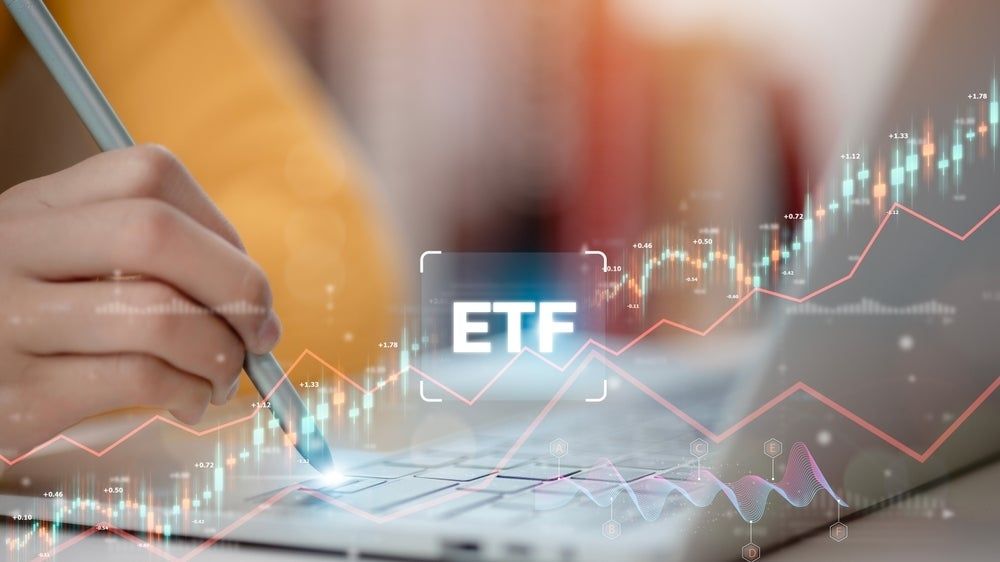India-focused ETFs are attracting investor attention amid reports that the U.S. and India are on the verge of a trade agreement. Instead of a sudden rally, the move indicates increased positioning in anticipation of tariff relief and a positive shift in bilateral trade sentiment.
iShares MSCI India ETF (BATS:INDA): Tracks large- and mid-cap Indian equities, with assets of $9.14 billion. 2.5% YTD, with a fee of 62 bps.
WisdomTree India Earnings Fund (NYSE:EPI): Tracks profitable Indian companies, with assets of $2.8 billion, 1.6% YTD return, 84 bps fee.
Franklin FTSE India ETF (NYSE:FLIN): Tracks large- and mid-cap stocks, with assets of $2.42 billion, 2.4% YTD return, fees of 19 bps.
India Internet ETF (NYSE:INQQ): Focused on internet and e-commerce businesses, with assets of $61 million, up 0.43% YTD, with a fee of 86 bps.
These ETFs, whose performance this year has been subdued due to Trump’s trade policies targeting India, could gain if a trade agreement between the U.S. and India lowers tariffs on key export industries such as textiles, pharmaceuticals, and engineering products. Investors are closely watching for opportunities to position before any announcement.
Also Read: Indian Refiners Plan Major Russian Oil Cuts After US Targets Rosneft, Lukoil: Report
Geopolitical And Trade Background
As per Indian news outlet Mint, the U.S. may reduce tariffs on Indian exports to 15–16% from 50%, subject to India gradually reducing Russian oil imports. India is also looking to increase imports of non-genetically modified corn from the U.S. and to explore ways to revisit tariffs in the future.
Russian crude imports have been the thorn in the flesh, and America put a 25% additional tariff in August as a penalty for India’s high Russian crude imports. India remains the second-largest Russian oil buyer in the world, importing 1.6 million barrels per day (bpd) during H1 2025, up from 50,000 bpd in 2020, according to CNBC.
Two-way commerce reached an all-time high of $132.2 billion in FY2025 as exports grew 11.6% to $86.51 billion and imports increased 8% to $45.69 billion, per CNBC. The agreement, which is hoped to be sealed during the ASEAN summit, has the potential to reinforce U.S.-India strategic relationships and draw new foreign institutional investment.
ETF Positioning Outlook
The current times present investors with the chance to bet on India-oriented ETFs rather than respond to a spike. Large-cap and export-oriented company exposure ETFs stand to gain the most if tariff reduction and trade facilitation come through. Although uncertainty persists regarding energy and agriculture policy, early positioning gives investors the leverage to scoop up gains once the deal is made official.
Read Next:
Photo: Shutterstock

